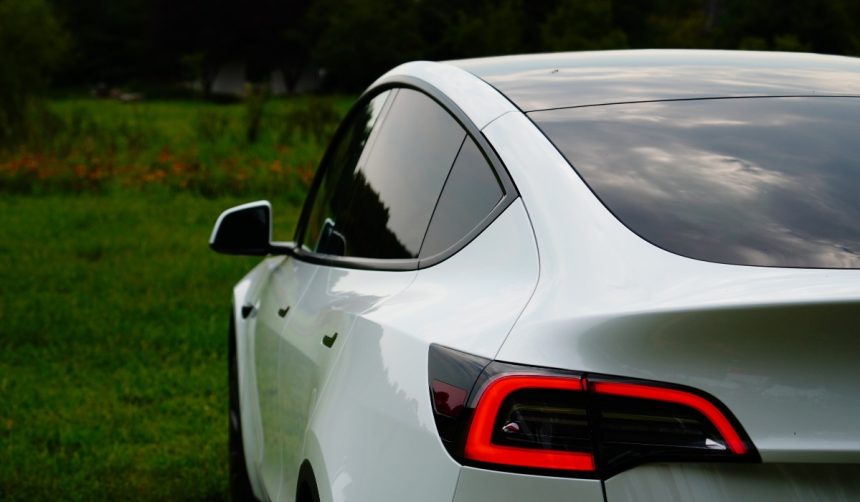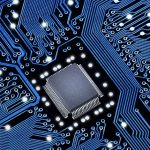Tesla has launched the new Model Y L in China, highlighting both expanded interior space and key feature improvements. The vehicle aims to broaden its appeal among families and tech-savvy drivers, building on the strengths of the original Model Y. With a priority on comfort and usability, Tesla introduces both physical and electronic refinements, reflecting the company’s attention to repeated consumer feedback. Market analysts note that incremental enhancements to popular models often contribute to brand retention, especially within a fiercely competitive electric vehicle market such as China. The release follows a pattern of Tesla addressing practical complaints through ongoing product upgrades, rather than relying solely on major redesigns.
Earlier launches of Tesla’s Model Y in China were met with enthusiasm but consistent criticism centered around cabin comfort and the functionality of wireless chargers. Previous versions offered USB-C ports and wireless pads without explicit provisions for excessive device heat. Compared to announcements from earlier years, the Model Y L includes mechanical and hardware upgrades that directly respond to recurring customer pain points, including those raised on user forums and social media platforms. The design philosophy underlying these changes represents a shift towards more customer-centric solutions rather than broad spectral updates.
How Does the Model Y L Improve Interior Space?
The Model Y L introduces a more spacious cabin, adjustable front seat headrests, and captain’s chairs in the second row. Second-row passengers benefit from mechanical armrests and improved air circulation via B Pillar air vents. These enhancements are intended to make the vehicle more appealing to consumers seeking additional comfort for daily commutes or longer journeys.
What Changes Address Wireless Charging Issues?
Addressing one of the most common criticisms from Tesla owners, the Model Y L features an improved wireless charging mat. By incorporating small slit air vents in the middle of the wireless charging base, Tesla aims to reduce excessive heat buildup during device charging. The driver’s side pad now supports up to 50W charging, with the passenger side at 30W, aiming to align with the charging needs of modern smartphones. Tesla commented,
The new air vents integrated into the wireless charger optimize device temperature during charging,
and added,
Enhanced charging speeds and cooling measures provide real-world benefits for users frequently relying on in-car charging.
How Do New Features Compare with Previous Tesla Vehicles?
Earlier Tesla models included wireless charging options but lacked dedicated cooling, often leading to diminished performance and temporary phone deactivation due to overheating. By specifically addressing this issue, the Model Y L differentiates itself from its predecessors and competing electric vehicles, which often deploy similar induction-based wireless charging systems without temperature management solutions. The new design is expected to decrease owner complaints related to device usability during travel.
Focusing on targeted product upgrades such as the cooled wireless charging system and detailed interior enhancements signals that Tesla is refining its vehicles in response to tangible user needs rather than introducing broad, less-specific improvements. Electric vehicle manufacturers are increasingly attentive to usability features that impact daily satisfaction. For consumers interested in dependable, quick, and temperature-stable device charging in vehicles, this update offers a concrete response to a frequent real-world challenge. These changes may influence how other automakers approach similar consumer complaints, driving further innovation within the sector.










